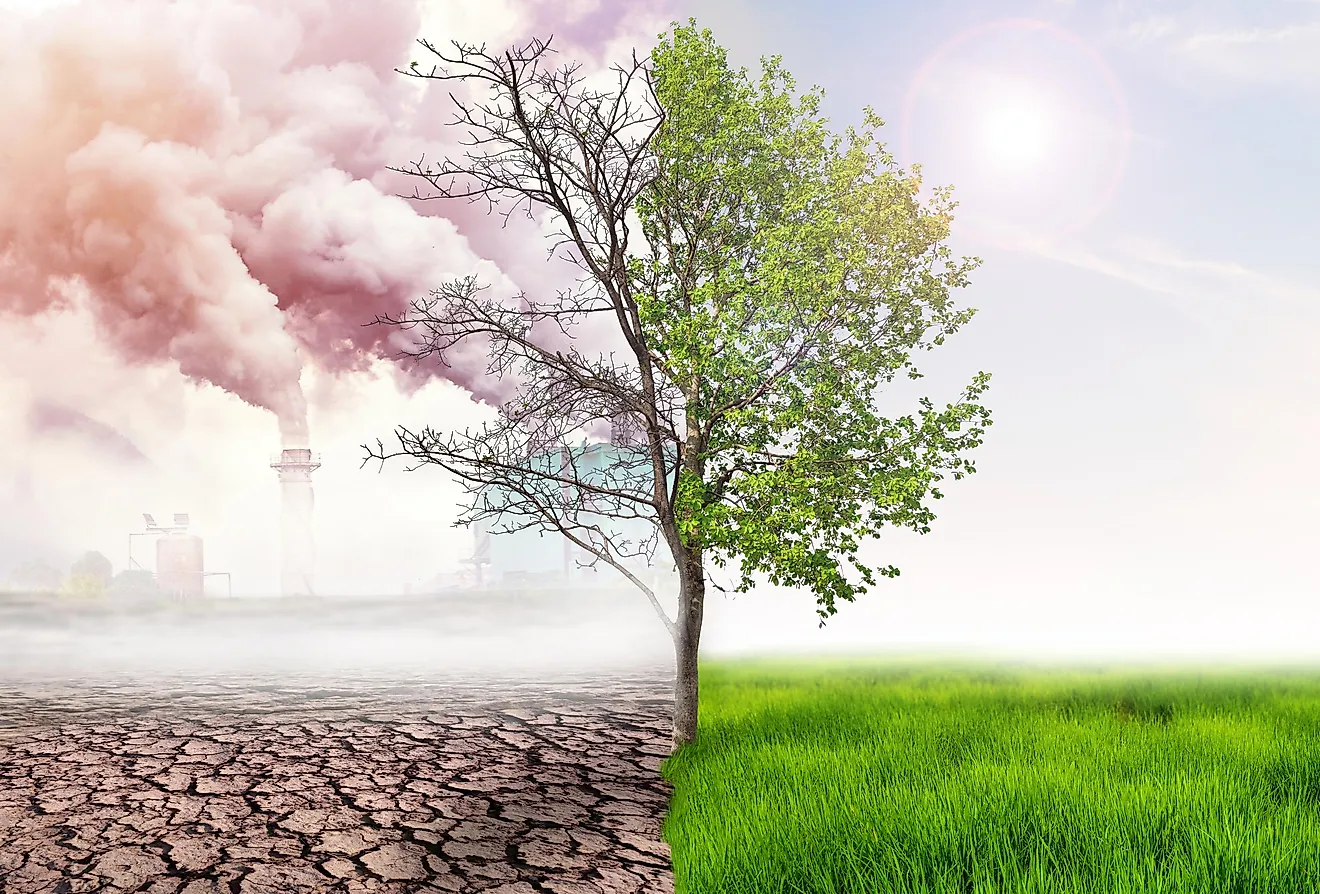What Is Point Source Pollution?

Most human activity has the potential of unleashing pollution into the environment. In most cases, we can categorize pollution into point source and nonpoint source pollution. Point source pollution is easily identifiable, it comes from a single source, while nonpoint source pollution can come from multiple places at the same time. The United States Environmental Protection Agency (EPA) offers a definition of point source pollution that describes it as any pollutant that infiltrates the environment from a place that can be pinpointed without difficulty. State and federal departments supervise these point sources.
Pollution Point Sources
There are numerous examples of point sources of pollution. The name point source is derived from algebra, meaning something that can be estimated as a mathematical point to make analysis less complicated. Point sources of pollution are the same as point sources found in other scientific disciplines such as chemistry, physics, or engineering.
To name some more common point sources of pollution, we can start with factories or power plants that pollute water. More precisely, water pollution is often a result of factory-made stormwater discharges, as found on construction sites, or metropolitan storm sewer structures. Other common point sources of water pollution are farms and oil refineries. Jet engines are often cited as point sources of air pollution, while light pollution can be attributed to invasive street lights. Electronic appliances that produce interference can create radio discharges, making them a source point of pollution as well. Industrial sources can vary immensely, but one example can be the emissions from chimneys in factories and are often the cause of air pollution. One thing to mention is that, while being easily pinpointed, point sources usually don’t have clearly defined geometrical dimensions. They are, however, often distinguished by elevation, meaning some are ground-level, while others are on a specific height above ground.
Nonpoint Source Pollution
As opposed to point source pollution, nonpoint source pollution happens as a result of many different sources at the same time. It is much harder to identify and usually covers a much larger area. There are numerous types of nonpoint sources, like line, area, or volume sources, to name a few. Line sources most commonly refer to emissions from cars and other vehicles in traffic. Area sources are defined as two-dimensional sources, meaning they come from a flat surface, like forests set on fire, landfills, or evaporation from massive spills of dangerous liquids. Volume sources add a third dimension - height and most often include gas discharges from valves or other equipment found at different elevations in industrial facilities.
To control and prevent pollution, the United States Environmental Protection Agency established the Clean Water Act, which regulates emissions of pollutants into waters. Another method of preventing water pollution are autonomous watershed preservation efforts. Pollution prevention is, however, most efficiently executed at local, state, and federal levels. Every citizen can also help by actively trying to be informed about pollution and trying to prevent it, even on a small scale.











